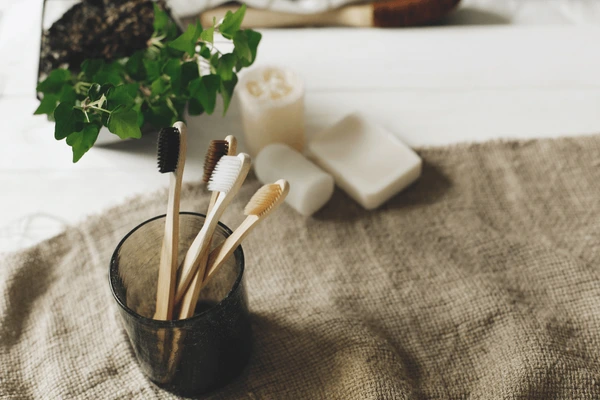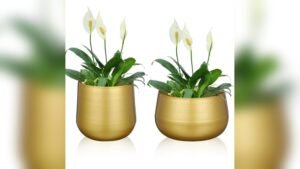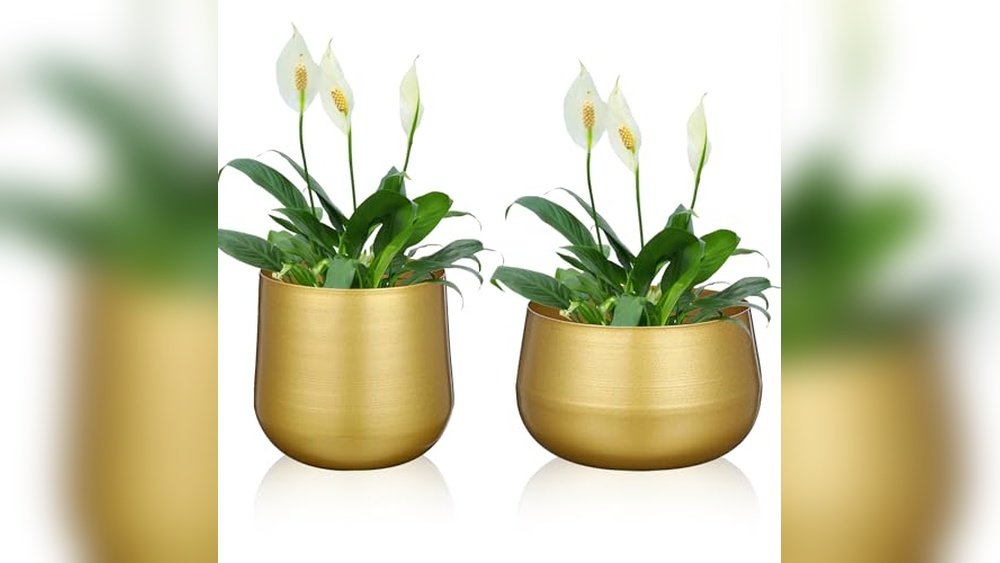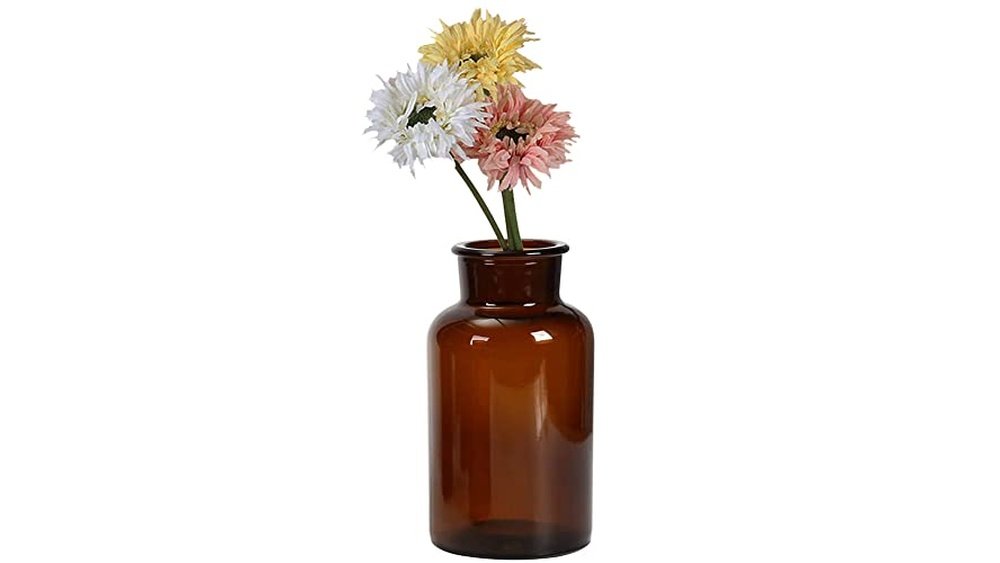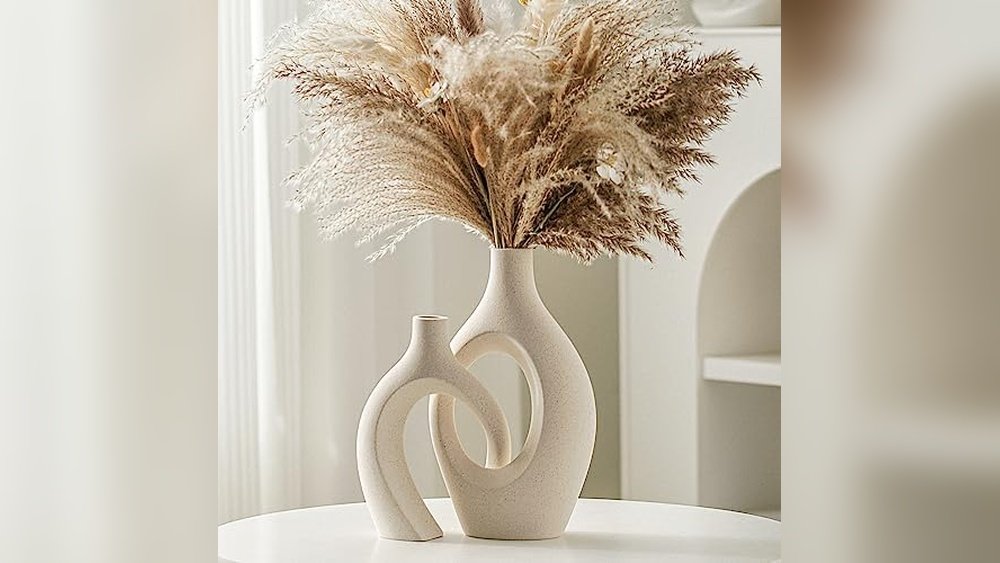Are you looking for a simple way to make your daily routine more eco-friendly? Making your own bamboo toothbrush is easier than you think.
Imagine holding a toothbrush that’s good for your teeth and kind to the planet. In this guide, you’ll discover step-by-step how to create your own bamboo toothbrush at home. By the end, you’ll have a unique, natural tool that helps reduce plastic waste.
Ready to take control of your oral care and the environment? Let’s get started!
Benefits Of Bamboo Toothbrushes
Bamboo toothbrushes offer many advantages over plastic ones. They help protect the environment and support healthier habits. Choosing bamboo means making a small change that leads to big benefits. Let’s explore why bamboo toothbrushes are a smart choice for your daily routine.
Eco-friendly Materials
Bamboo grows fast and needs little water. It does not require pesticides or fertilizers. This makes bamboo a natural and renewable resource. Using bamboo reduces the demand for plastic. Plastic production harms the planet and wastes resources. Bamboo toothbrush handles are made from this sustainable wood. This helps cut down on plastic pollution.
Biodegradability And Composting
Bamboo toothbrushes break down naturally after use. They do not stay in landfills for hundreds of years. The bamboo handle can be composted at home. This returns nutrients to the soil. The bristles may need special disposal, but many brands use plant-based fibers. Choosing bamboo means less trash and less harm to nature. It supports a zero-waste lifestyle.
Health Advantages
Bamboo has natural antimicrobial properties. It helps reduce bacteria growth on the toothbrush handle. This keeps your mouth cleaner and fresher. Many bamboo brushes use BPA-free bristles. They avoid harmful chemicals found in plastic brushes. Using bamboo promotes better oral health with fewer toxins. It is gentle on gums and teeth.
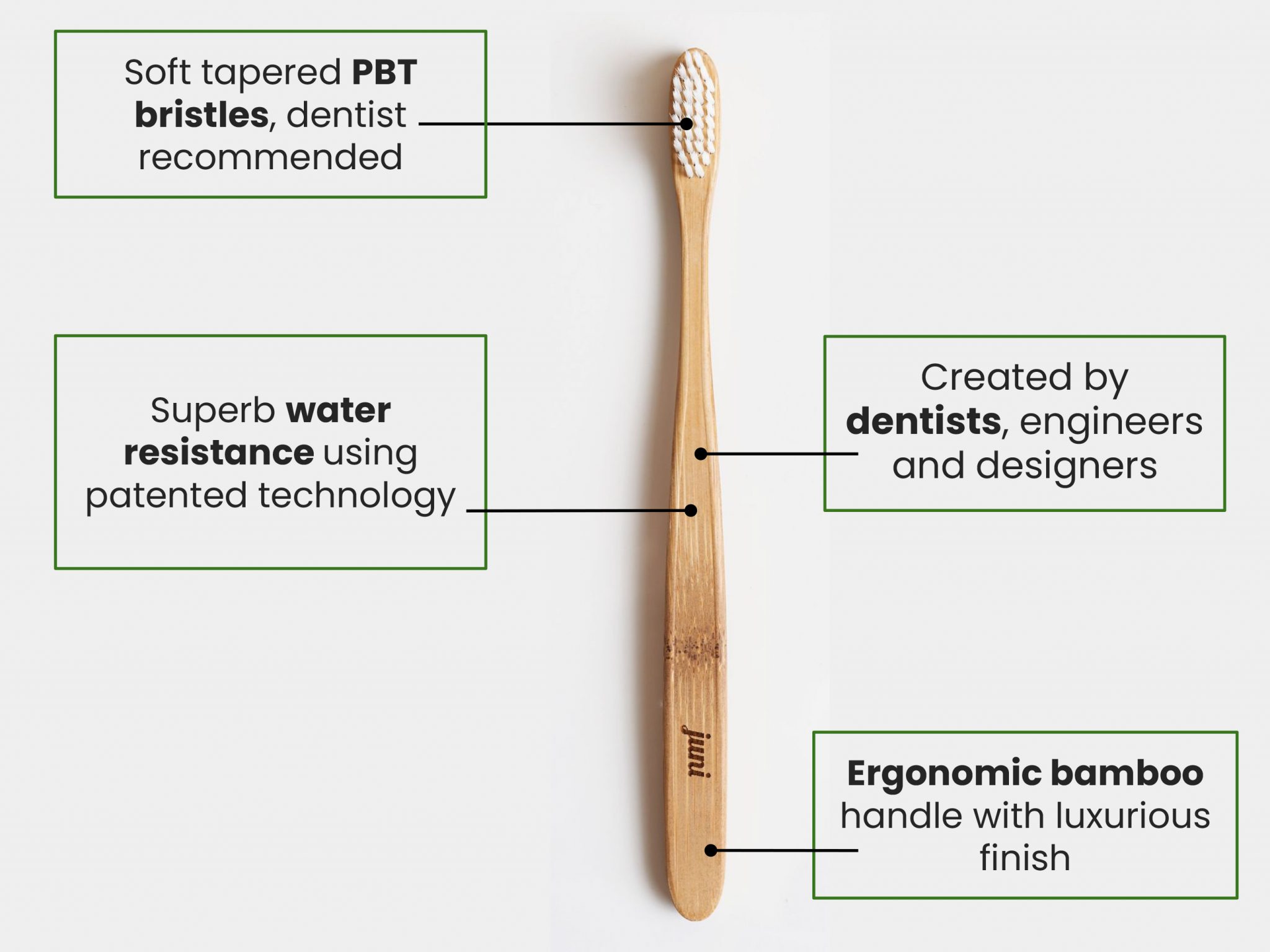
Credit: www.engineeringforchange.org
Materials Needed
Making a bamboo toothbrush starts with gathering the right materials. Using good quality items helps create a strong and safe toothbrush. Choose each material with care. This step ensures your toothbrush will last and work well.
Let’s explore the key materials you need to make a bamboo toothbrush.
Selecting Bamboo Sticks
Pick bamboo sticks that are smooth and sturdy. Bamboo should be dry and free from cracks. Choose sticks about 6 to 8 inches long. The diameter should fit comfortably in your hand. Avoid bamboo with rough spots or splinters. Well-prepared bamboo makes the handle easy to shape and use.
Types Of Bristles
Choose bristles that are soft and safe for your teeth. Nylon bristles are common and clean teeth well. For an eco-friendly option, try plant-based bristles like boar hair or bamboo fiber. Make sure bristles are not too hard to avoid hurting gums. Pick bristles that fit tightly into the handle.
Tools Required
You will need simple tools to shape the bamboo and add bristles. A small saw or knife helps cut the bamboo stick. Sandpaper smooths the handle and removes rough edges. A drill or awl makes holes for the bristles. Use tweezers to place and secure the bristles tightly. These tools make the process easier and safer.
Preparing Bamboo Handles
Preparing bamboo handles is a key step in making your own bamboo toothbrush. The handle needs to be cut, shaped, and drilled carefully. This ensures it feels comfortable and works well. Each part of this process helps create a strong, smooth handle ready for bristles.
Cutting To Size
Start by choosing a bamboo stick about 8 inches long. Use a saw or sharp knife to cut the bamboo into this size. Make sure the cut is clean and straight. A handle that is too long or short can be hard to use. Cutting the right length makes the brush easy to hold.
Sanding And Shaping
Next, smooth the bamboo surface with sandpaper. Use fine-grit sandpaper to avoid rough spots. Sand all sides until the handle feels smooth. Shape the handle by rounding the edges slightly. This step makes the handle comfortable in your hand. Smooth handles prevent splinters and improve grip.
Drilling Bristle Holes
Mark small spots where the bristles will go. Use a small drill bit to make holes in these spots. Space the holes evenly in a small cluster at one end. The holes should be deep enough to hold the bristles tightly. Proper drilling keeps the bristles secure during use.

Credit: bambuubrush.com
Attaching Bristles
Attaching bristles is a key step in making a bamboo toothbrush. The bristles clean your teeth, so they must be strong and well fixed. This section explains how to choose bristles and attach them securely. It also covers sealing the brush for safety and durability.
Choosing Natural Vs Synthetic Bristles
Natural bristles come from animal hair. They are biodegradable but may wear faster. Synthetic bristles are made from nylon or other plastics. They last longer and dry quickly. Choose based on your needs for eco-friendliness or durability.
Inserting Bristles Securely
Drill small holes in the bamboo handle for bristle placement. Use a strong glue to fix the bristles inside the holes. Press the bristles tightly to avoid loosening. Let the glue dry completely before use.
Sealing And Finishing
Seal the bristle area with a safe, non-toxic finish. This stops water from entering the bamboo and causing damage. Use natural oils or beeswax for sealing. Let the finish dry well to keep the brush safe and long-lasting.
Customizing Your Toothbrush
Customizing your bamboo toothbrush makes it truly yours. It adds a personal touch and can make brushing more fun. Simple changes can improve the look and feel of your brush. You can create a unique design that stands out. This also helps to avoid mix-ups if others use similar brushes.
Adding Designs Or Engravings
Engraving your bamboo toothbrush gives it a special look. Use a wood burning tool for patterns or your name. Draw simple shapes or initials with a fine-tip pen before engraving. This method lasts long and looks natural. You can also paint small designs using water-based paints. Let the paint dry completely before use.
Applying Natural Oils
Natural oils protect bamboo and keep it smooth. Oils like coconut or jojoba work well. Apply a small amount with a cloth and rub gently. This prevents the wood from cracking or drying out. It also gives the brush a soft shine. Repeat the process every few weeks for best results.
Personalizing For Kids
Kids love colorful and fun toothbrushes. Add stickers or small drawings on the handle. Choose safe, non-toxic paints to decorate the brush. Create shapes like stars, animals, or smiley faces. Personalizing helps kids enjoy brushing more. It also teaches them to care for their own brush.
Care And Maintenance Tips
Taking care of your bamboo toothbrush helps it last longer. Proper care keeps it clean and safe to use. These tips make sure your toothbrush stays fresh and works well every day.
Cleaning Your Bamboo Toothbrush
Rinse your toothbrush thoroughly after each use. Remove toothpaste and debris from the bristles. Avoid soaking the handle in water to prevent damage. Let the brush air dry in a clean place. Wash the bristles gently with soap once a week to remove bacteria.
Storage Suggestions
Store your bamboo toothbrush in a dry, open area. Avoid keeping it in closed containers or wet spots. Good air circulation helps the brush dry fast. Keep it away from direct sunlight to avoid cracking. Use a toothbrush holder that allows water to drain.
When To Replace
Change your bamboo toothbrush every three months. Replace it sooner if bristles look worn or frayed. Switch brushes after illness to avoid reinfection. Regular replacement ensures effective cleaning and oral health.
Environmental Impact
Choosing the right toothbrush affects the environment more than many realize. Bamboo toothbrushes offer a cleaner option compared to traditional plastic ones. Understanding their environmental impact helps make smarter choices for the planet.
Comparing Plastic And Bamboo Options
Plastic toothbrushes take hundreds of years to break down. They pile up in landfills and oceans, harming wildlife. Bamboo toothbrushes are biodegradable and decompose much faster. Bamboo grows quickly and needs little water or pesticides. This makes bamboo a more eco-friendly material for brushes.
Reducing Plastic Waste
Plastic waste is a major problem worldwide. Toothbrushes contribute significantly to this issue. Switching to bamboo brushes helps reduce plastic pollution. Bamboo brushes break down naturally after use. This lowers the amount of trash in the environment.
Supporting Sustainable Practices
Bamboo farming supports sustainable agriculture. It uses fewer resources than plastic production. Many bamboo toothbrush brands follow eco-friendly methods. Choosing these brands promotes greener business practices. It encourages companies to prioritize the planet over profit.
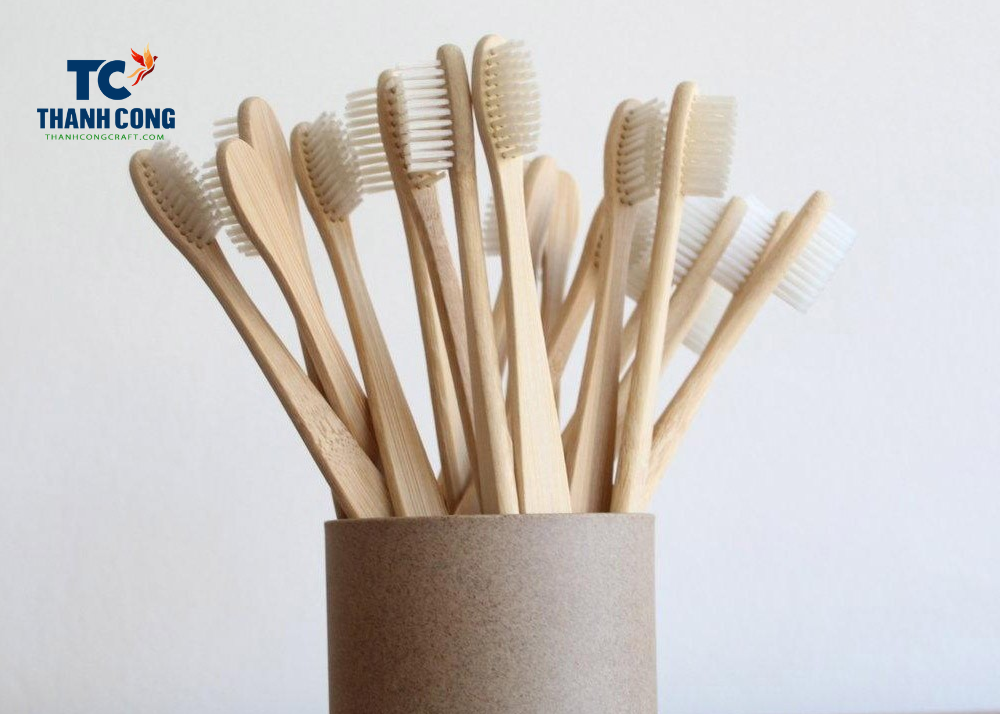
Credit: thanhcongcraft.com
Troubleshooting Common Issues
Troubleshooting common issues with bamboo toothbrushes helps keep them effective and safe. Small problems can affect your brushing experience. Fixing these quickly extends the life of your brush.
Loose Bristles
Loose bristles reduce cleaning power and cause discomfort. Check the bristle base for weak spots. Press bristles gently to test their hold. Avoid pulling on loose bristles to prevent damage. Use a small drop of natural glue to secure them. Let the glue dry fully before use.
Splintering Handles
Splintering can make the handle rough and unsafe. Inspect your handle regularly for cracks or splinters. Sand rough spots with fine sandpaper gently. Keep the handle dry to prevent wood damage. Store the brush in a dry, ventilated place. Avoid leaving it in wet areas for long.
Brushing Effectiveness
Brushing effectiveness depends on bristle quality and brush shape. Use soft but firm bristles for gentle cleaning. Check if the bristles are worn out or misshapen. Replace the brush every three months or earlier if needed. Brush for two minutes to clean teeth well. Proper brushing beats using a worn-out toothbrush.
Frequently Asked Questions
What Materials Are Needed To Make A Bamboo Toothbrush?
You need bamboo sticks, soft bristles, non-toxic glue, and a small drill. These materials ensure a natural and eco-friendly toothbrush.
How Do You Attach Bristles To The Bamboo Handle?
Drill tiny holes in the bamboo handle, insert bristles, and secure with non-toxic glue. Let it dry completely before use.
Is Homemade Bamboo Toothbrush Safe For Daily Use?
Yes, if made with non-toxic materials and proper hygiene. Regular cleaning and drying extend its lifespan and maintain safety.
How Long Does A Bamboo Toothbrush Last?
Typically, a bamboo toothbrush lasts about 3 to 4 months. Replace it sooner if bristles wear out or handle cracks.
Conclusion
Making a bamboo toothbrush is simple and rewarding. You save money and help the planet. Natural materials reduce plastic waste every day. Using your own brush feels special and unique. Small steps like this make a big difference. Try making one at home and see how easy it is.
Your smile and the Earth will thank you. Keep choosing eco-friendly options for a cleaner future.
